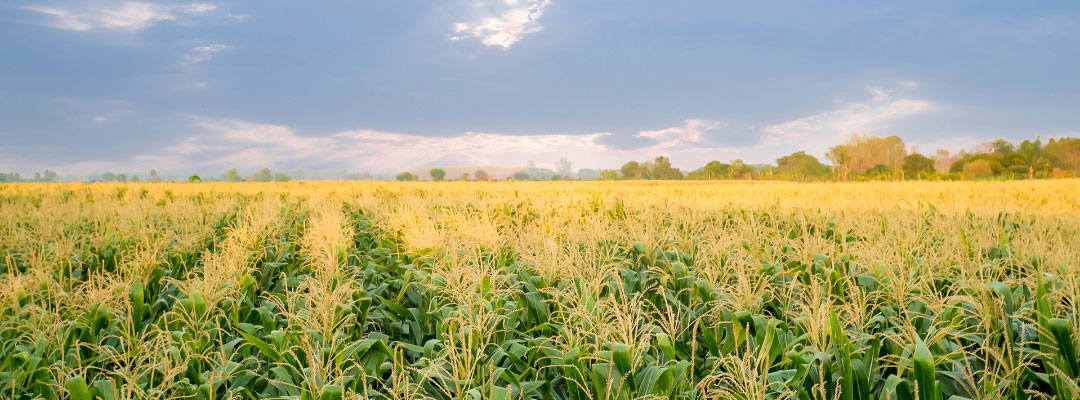The emergence of developing carbon markets and programs aimed at the agriculture sector have provided farmers with the opportunity to receive payments for adopting management practices that reduce greenhouse gas emissions. The United States Environmental Protection Agency (EPA) estimates that over half of the greenhouse gases emitted in the agriculture sector come from soil management (Figure 1). Therefore, most carbon programs in the agricultural sector provide payments to farmers who generate carbon credits by adopting no-till or conservation tillage practices or cover crops. The majority of current carbon programs require the concept of additionality; meaning they will only pay for new (added) carbon-sequestering practices. Therefore, if you were an early adopter of conservation practices like no-till or cover crops and are standard practices on your farm, today you are not eligible to enroll those acres in most carbon programs. Current contracts offer farmers a range from $15-$20 per ton of carbon sequestered, but capacity to sequester (tons/acre) and the conservation practices adopted will vary by individual farm. It is essential to understand the costs and risks of implementing new practices and critically compare those to the potential benefits before enrolling in any carbon market program. Furthermore, due to the complexity and nuances of current carbon market programs, it is recommended you seek legal advice before entering into any contract.
Figure 1. Percent of U.S. greenhouse gas emissions from agriculture activities (source: U.S. EPA Inventory of Greenhouse Gas Emissions)

Shockley, Jordan. “Adopting Farm Management Practices for Carbon Credit Payments?”. Southern Ag Today 1(42.3). October 13, 2021. Permalink
